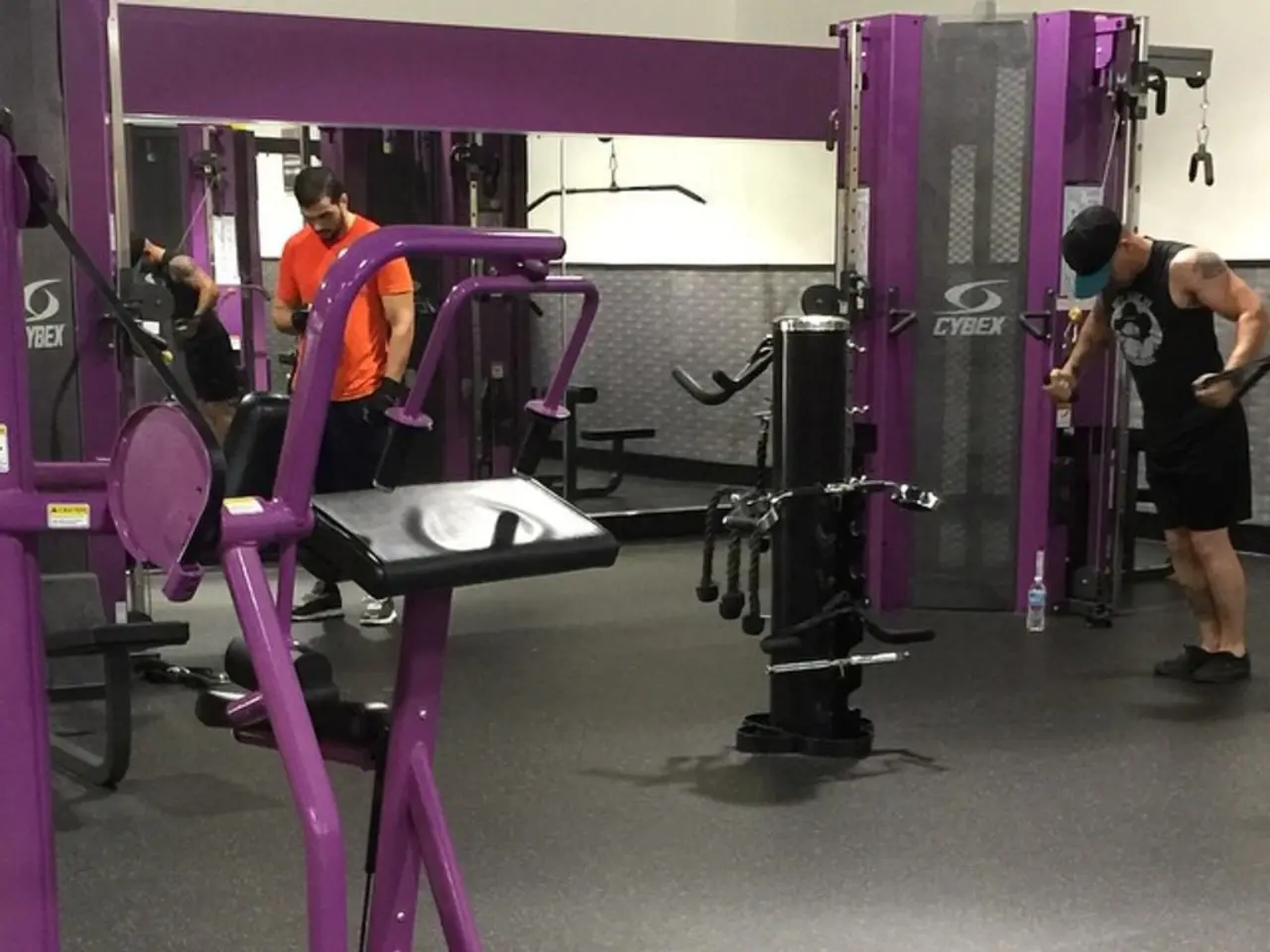Apparel for Physical Therapy Sessions
Physical therapy sessions are an essential part of the recovery process for many individuals. Knowing what to wear can make these sessions more comfortable and effective. Here's a guide to help you choose the right clothing for your physical therapy appointments.
For upper body injuries, loose tops such as T-shirts, polo shirts, button-up shirts, or blouses that do not restrict motion are ideal. It's important that the physical therapist can easily access the treatment area, so consider options with open fronts or those that can be easily moved aside. Loose-fitting tops for neck injuries should also expose the neck and upper back, while those with long hair can tie it up for convenience.
For upper body injuries involving the shoulders, wearing a sports bra may provide additional comfort. People with back injuries can wear a loose-fitting top and a sports bra, and may want to wear shorts or pants with an elastic waistband that they can easily roll down.
When it comes to lower body physical therapy, stretchy, loose-fitting shorts are suitable for injuries involving knees, hips, lower back, feet, or ankles. Athletic skorts can also be a good option. It's best to avoid long trousers, especially leggings, which can be difficult to roll up. Joggers are not recommended due to their tightness and restrictiveness.
Footwear is another important consideration. Clean, comfortable shoes that provide support and are suitable for moving around during the session are recommended. Running or walking shoes are a practical and comfortable choice, while dress shoes or sneakers are also acceptable if they offer comfort and a neat appearance. However, boots and sandals are not suitable for physical therapy.
Inpatient therapy sessions often occur in a hospital setting, with the person wearing a hospital gown. Outpatient therapy requires the person to decide what to wear, with athletic clothing that exposes the injured area being a good option. However, it's important to check with the therapist to ensure the clothing is suitable for the specific therapy being performed.
In all cases, it's advisable to wear clothing that allows easy access to the injured or treated area and consider bringing a change of clothes, especially if sweating or more movement is involved. The overall emphasis is on comfort, flexibility, and practicality rather than formal attire during therapy sessions.
By following these guidelines, you can ensure that your physical therapy sessions are as comfortable and productive as possible, helping you on the road to recovery.
- Given the context of mental health, incorporating relaxation techniques such as deep breathing or mindfulness within physical therapy sessions could potentially enhance the overall healing process.
- The combination of physical therapy sessions and Paxlovid, when prescribed for COVID-19, can contribute significantly to a person's health and wellness, promoting recovery.
- Science has shown that contextual therapy, which addresses the social and emotional factors influencing a patient's physical recovery, can be equally important in the recovery process alongside physical therapy.
- Part of a comprehensive health-and-wellness routine could include maintaining fitness-and-exercise regimens in conjunction with periodic accident and falls prevention sessions, ensuring a balanced approach to one's health.
- Incorporating mental health strategies, such as cognitive-behavioral therapy, in addition to physical therapy, can aid in managing stress and anxiety that may arise from injuries or treatments, promoting a speedier recovery.




